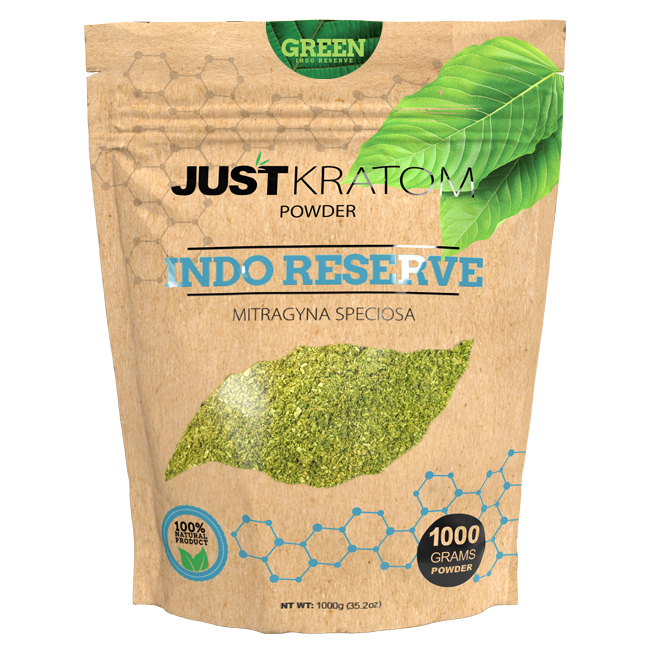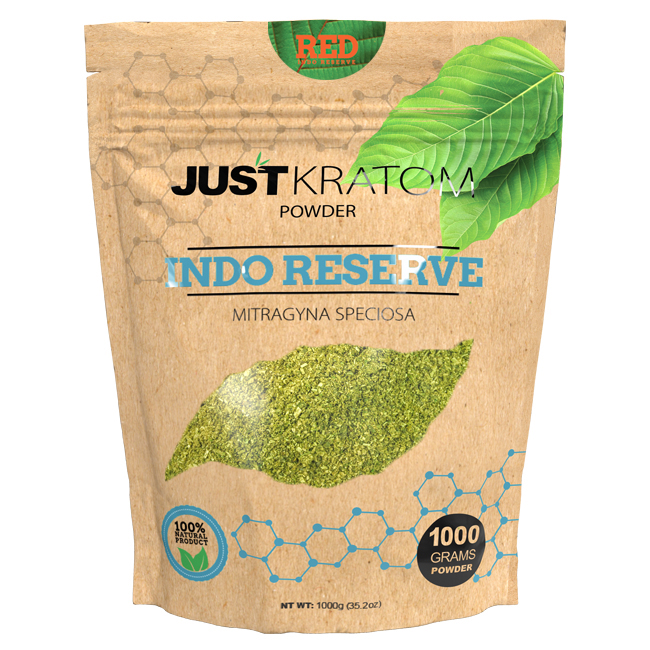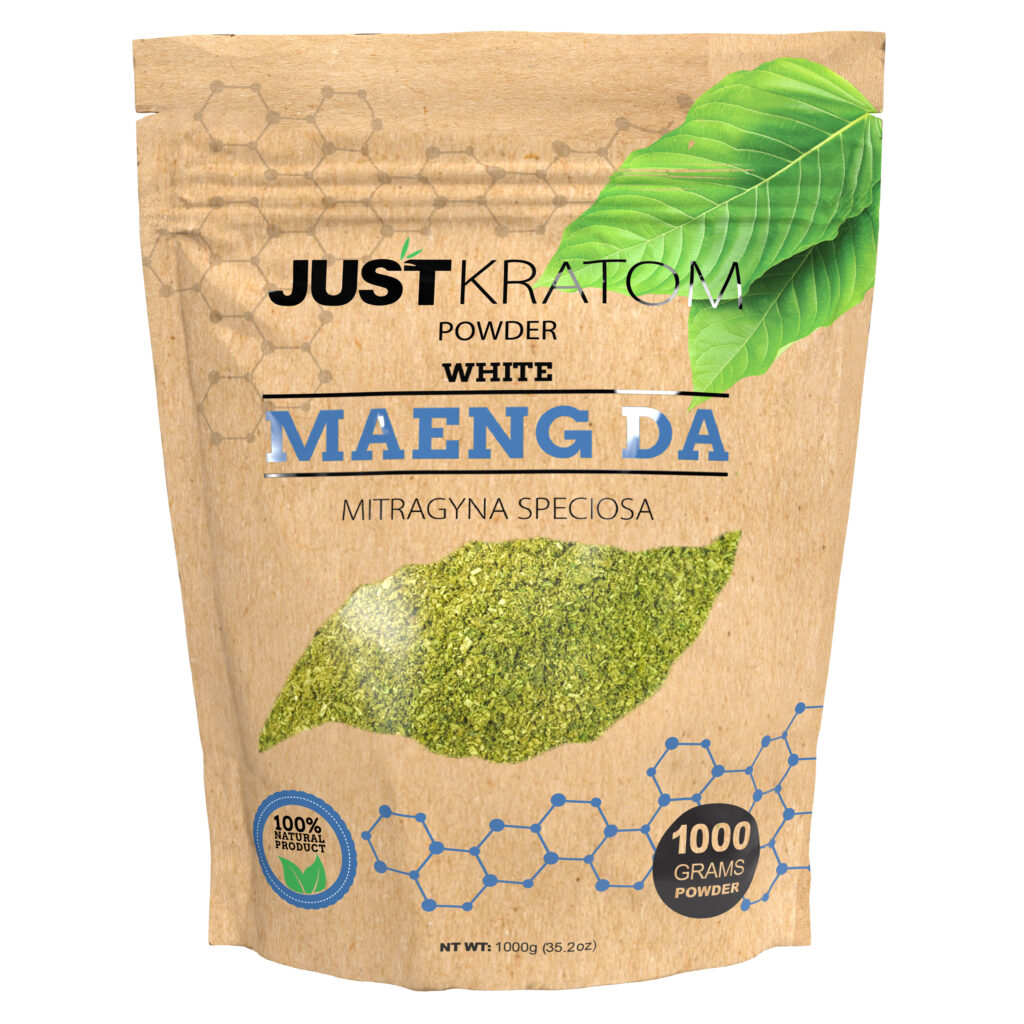History of Kratom
Kratom, derived from the Mitragyna speciosa tree native to Southeast Asia, boasts a rich history interwoven with cultural traditions spanning centuries.
Origins and Traditional Use
For generations, indigenous communities in Thailand, Malaysia, Indonesia, and Papua New Guinea have incorporated kratom into their daily lives. It was traditionally used as a natural remedy for various ailments, including pain, fatigue, and diarrhea.
Kratom leaves were chewed fresh or brewed into teas, offering a mild stimulant effect. The alkaloids present in kratom, mitragynine and 7-hydroxymitragynine, are believed to interact with opioid receptors in the brain, producing analgesic and mood-altering effects.
In many Southeast Asian cultures, kratom has long been a part of social customs, consumed during celebrations, festivals, and even as a mild pick-me-up for laborers.
Spread Across Southeast Asia
Over time, kratom use spread across Southeast Asia, becoming an integral part of various cultures.

In some regions, it was integrated into traditional healing practices, with practitioners using kratom to address a range of physical and mental health concerns.
The leaves were also valued for their energizing properties, making them popular among farmers, laborers, and those seeking relief from fatigue.
Arrival in Western Cultures
The arrival of kratom in Western cultures occurred relatively recently, gaining significant attention in the late 20th and early 21st centuries.
This increased interest was fueled by growing awareness of alternative therapies and the exploration of traditional Asian medicine practices.
The internet played a crucial role in disseminating information about kratom, making it more accessible to Western audiences.
As awareness grew, so did the use of kratom for various purposes, including pain management, anxiety relief, and energy enhancement.
Pharmacology and Effects
Kratom, derived from the Mitragyna speciosa tree native to Southeast Asia, boasts a rich history interwoven with cultural traditions spanning centuries.
Active Compounds and Their Actions
The historical use of kratom extends far beyond its recent surge in popularity within Western cultures.
For generations, indigenous communities throughout Southeast Asia have incorporated kratom into their daily lives and traditional practices.
From Thailand to Indonesia and Papua New Guinea, kratom leaves were chewed fresh or brewed into teas, serving as a natural remedy for ailments ranging from pain and fatigue to diarrhea.

These traditional uses are rooted in the understanding of kratom’s alkaloids, mitragynine and 7-hydroxymitragynine, which interact with opioid receptors in the brain.
This interaction produces analgesic and mood-altering effects, contributing to kratom’s reputation as a versatile remedy for various physical and mental health concerns.
Variations in Effects Based on Dosage and Preparation
Pharmacology explores the study of drugs and their interactions within biological systems. Understanding dosage and preparation is crucial in pharmacology because they significantly influence a drug’s effects.
Dosage refers to the amount of drug administered, and it directly impacts the intensity and duration of a drug’s effects. Generally, higher dosages lead to stronger responses, but this relationship isn’t always linear and can be influenced by individual factors like metabolism and weight.
Preparation refers to how a drug is formulated for administration. Different preparations can result in varying absorption rates, onset of action, and duration of effects. For example, an orally administered tablet may take longer to reach its target compared to an intravenous injection.
Variations in dosage and preparation can lead to significant differences in a drug’s pharmacological effects.
Cultural Significance
Cultural significance encompasses the values, beliefs, practices, and traditions that shape a community or society. It influences how people understand themselves, their relationships with others, and their place in the world.
Traditional Rituals and Ceremonies
Traditional rituals and ceremonies are deeply ingrained in many cultures around the world, serving as powerful expressions of collective identity and shared beliefs. These practices often involve symbolic actions, music, dance, and storytelling, passed down through generations and imbued with profound meaning.
Role in Daily Life and Social Interactions
Kratom’s cultural significance extends beyond its medicinal uses. It is deeply woven into the social fabric of Southeast Asian cultures. Traditionally consumed during celebrations, festivals, and even as a casual pick-me-up for laborers, kratom fostered a sense of community and shared experience.

In many societies, kratom use has been associated with hospitality and generosity, offering it to guests as a sign of welcome and respect. It also plays a role in social bonding, creating opportunities for conversation and connection among individuals sharing the experience.
Kratom’s impact on daily life varies across different regions and communities within Southeast Asia. While some cultures view kratom as an integral part of their traditional healthcare system, others use it primarily for its energizing effects or as a social lubricant.
Integration into Contemporary Culture
The integration of kratom into contemporary culture is complex and multifaceted. Its rise in popularity outside of Southeast Asia has led to both fascination and controversy.
Proponents highlight its potential benefits for pain management, mood elevation, and energy enhancement, often citing traditional uses and anecdotal evidence.
However, concerns have been raised regarding its potential for addiction, abuse, and adverse health effects. The lack of comprehensive research on long-term use and potential interactions with other substances has fueled debate among health professionals and policymakers.
Regulations surrounding kratom vary widely across different countries and regions, reflecting the ongoing discussions about its safety and efficacy.
As awareness grows and research continues, the cultural significance of kratom is evolving, navigating a path between its traditional roots and its emerging role in modern society.
Controversy and Regulation
The history of kratom, derived from the Mitragyna speciosa tree, intertwines with cultural traditions spanning centuries. While indigenous communities in Southeast Asia have long integrated kratom into their daily lives as a natural remedy and social custom, its recent emergence in Western cultures has sparked controversy and regulation.
Concerns Regarding Potential Adverse Effects
Kratom’s growing popularity outside of Southeast Asia has ignited debate surrounding its safety and potential harms. Concerns have been raised about the possibility of addiction, abuse, and adverse health effects.
Studies investigating kratom’s long-term effects are limited, raising questions about its potential impact on various organ systems, including the liver and cardiovascular system.
There are also concerns regarding potential interactions with other substances, particularly opioids and antidepressants, which could lead to unpredictable and potentially dangerous outcomes.
These uncertainties have prompted calls for further research to establish a comprehensive understanding of kratom’s risks and benefits.
The lack of clear regulatory guidelines surrounding kratom has further fueled concerns.
In some countries, kratom is banned or strictly controlled due to its potential for misuse, while in others it remains unregulated.
This inconsistency adds complexity to the debate and underscores the need for evidence-based policies that balance public health considerations with individual autonomy.
Debate Over Legal Status and Control Measures
The legality and control of kratom vary significantly across the globe, reflecting diverse perspectives on its risks and benefits.
Some countries, including Thailand, Malaysia, and Indonesia, have implemented bans or restrictions on kratom cultivation, sale, and consumption due to concerns about its potential for abuse and addiction.
Others, such as the United States, have taken a more cautious approach, with various states adopting different regulatory frameworks.
At the federal level in the US, kratom is not explicitly banned but faces scrutiny from regulatory agencies like the Food and Drug Administration (FDA).
The FDA has expressed concerns about kratom’s safety, particularly its potential for adverse effects and interactions with other substances.
Proponents of kratom argue that its use for pain management and other purposes should be allowed under appropriate regulation, emphasizing the need for evidence-based policies that consider both risks and benefits.
This ongoing debate highlights the complexities surrounding the legal status of substances with a long history of traditional use but emerging concerns about their potential impacts.
Future of Kratom
The future of kratom remains uncertain, caught between its longstanding cultural significance in Southeast Asia and its growing presence in Western cultures. While traditional uses for pain management, energy enhancement, and social bonding persist, concerns about its potential for addiction, abuse, and lack of long-term safety data fuel regulatory scrutiny.
Ongoing Research and Understanding
Ongoing research seeks to shed light on kratom’s complex effects and potential risks. Studies are exploring its pharmacological mechanisms, potential benefits for pain management and other conditions, and the long-term health consequences of chronic use.
Understanding kratom’s interactions with other substances, including opioids and antidepressants, is also crucial to ensure patient safety.
As research progresses, a clearer picture of kratom’s potential benefits and risks will emerge, informing evidence-based policies and guidelines for its use.
The future of kratom hinges on balancing cultural traditions with scientific understanding. Open dialogue among researchers, policymakers, healthcare professionals, and consumers is essential to navigating the complex issues surrounding this multifaceted substance.
Evolving Legal Landscape and Policy Considerations
The evolving legal landscape surrounding kratom reflects the ongoing struggle to balance concerns about its potential harms with recognition of its cultural significance and growing popularity.
Policy considerations center around several key issues:
1. **Regulation vs. Prohibition:** Some advocate for outright bans, citing the potential for abuse and addiction, while others support a regulatory approach that allows for controlled access and monitoring.
2. **Safety and Efficacy:** The lack of comprehensive research on kratom’s long-term effects and potential interactions with other substances poses a significant challenge for policymakers.
Establishing clear safety guidelines and standards is crucial to protect public health.
3. **Consumer Education:** Providing accurate information about kratom’s potential benefits, risks, and appropriate use is essential to empower consumers to make informed decisions.
4. **Cultural Sensitivity:** Policymakers must consider the cultural significance of kratom in Southeast Asia and strive for approaches that respect traditional practices while addressing public health concerns.
Finding a balance between these competing interests will be crucial in shaping the future of kratom.
Open dialogue, collaboration among stakeholders, and ongoing research are essential to developing effective policies that protect public health while acknowledging the complex cultural context surrounding this ancient substance.
Order Kratom Powder for long-lasting results
- Juvederm Volite Skin Booster Treatments Near Peaslake, Surrey - September 13, 2025
- How Safe Is Tear Trough Filler - August 8, 2025
- Forehead Frown Lines Treatment Near Badshot Lea, Surrey - July 3, 2025
